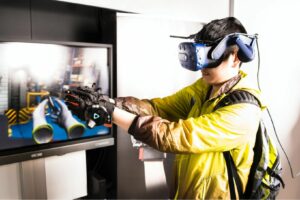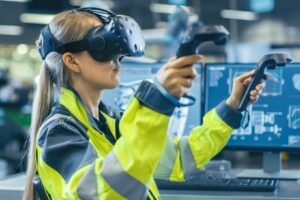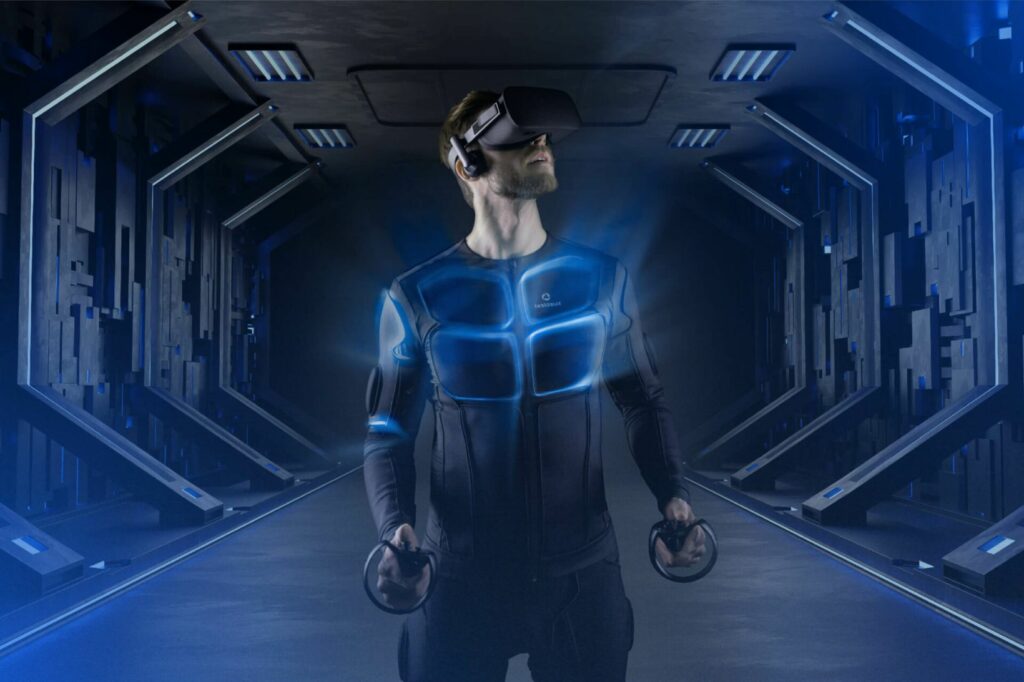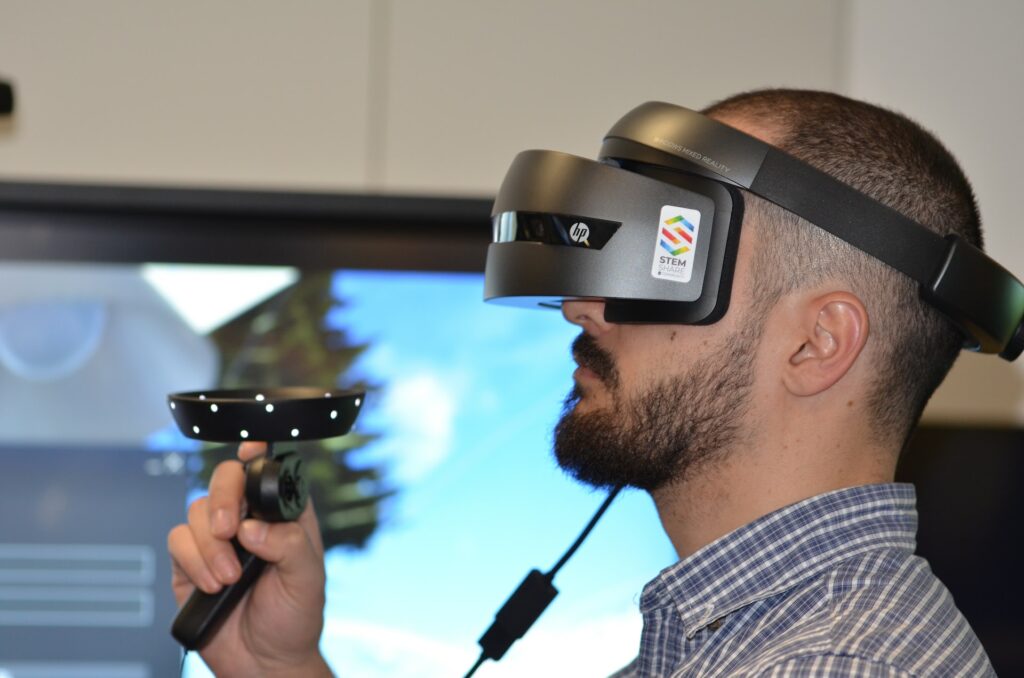Ever imagined stepping into a virtual world that’s indistinguishable from reality? With the rapid advancements in VR technology, this might not be a far-fetched idea. Futuristic VR promises to revolutionize not just gaming, but potentially every facet of our lives.
From immersive experiences that blur the lines between the virtual and real worlds to potential applications in healthcare, education, and more, the future of VR is brimming with possibilities. It’s a thrilling frontier that’s poised to redefine our perception of reality.
Futuristic VR
Futuristic VR unfolds a new era, redefining the boundaries between virtual and actual realities. In this section, we delve into Futuristic VR’s definition and evolution from traditional VR, building on the context set in the previous discussions.
The Definition of Futuristic VR

Futuristic VR defines an advanced form of VR, typified by it’s increased interactivity and immersion. Unlike its predecessors, Futuristic VR taps into multiple senses to render more lifelike experiences. Examples include Haptic technology used to mimic the sense of touch, or integrating olfactory sensors to recreate scents, adding depth to the user’s experience. These advancements aim to construct a near-identical reality, showcasing the power and potential of this technology.
The Evolution of VR to Futuristic VR
The evolution chart of VR traces back to its roots in 1960s, with the creation of the first head-mounted VR system. Over the decades, VR has evolved enormously, transitioning from basic 3D simulations to highly sensory experiences. A crucial turning point in this evolution constitutes the introduction of affordable VR headsets like the Oculus Rift and HTC Vive-Pro in the early 21st century.
The transition from traditional VR to Futuristic VR has essentially been about enhancing realism and immersion. Strides in computational power, graphics rendering, and sensor technology have been pivotal to this. The present state of VR stands at the brink of realizing the fantasies of sci-fi, as Technological innovations push the boundaries of what was once thought feasible.
The Key Innovations in Futuristic VR Technology

Futuristic VR technology reveals an exciting horizon, teeming with ground-breaking applications. Stemming from the swift advancements, two key innovations stand out: their integration of Artificial Intelligence (AI) and the creation of multi-sensory VR experiences.
Integration of Artificial Intelligence into VR
AI’s integration into VR emerges as a prominent game-changer in the VR landscape, presenting unprecedented possibilities. AI algorithms help simulate human-like behaviors in the virtual world, adding a dynamic dimension to virtual experiences. Recognition systems, for instance, facial or voice, powered by AI, allow more personalized interactions within the VR environment. While chatbots and AI NPCs (Non-Player Characters) boost realism, AI assists in data collection and analytics, better understanding users and their preferences. Indeed, analysis of real-time data, user actions and responses, and machine learning algorithms combine to enhance VR content’s adaptability.
Multi-Sensory VR Experiences

Futuristic VR aims to go beyond visual and auditory inputs, designing to engage multiple senses for a richer, more lifelike experience. Haptic technology, enabling touch sensation in the VR environment, makes significant strides in this direction. Gloves and suits fitted with actuators, sensors, and advanced materials simulate tactile feedback, from a simple hand-shake to complex textures. Olfactory stimulation in VR, although nascent, sees attempts like smell cartridges that emit specific smells corresponding to VR content. Even taste, the most challenging sense, is being experimentally explored with devices triggering taste receptors on the tongue. Multi-sensory VR broadens the scope of immersion, potentially transforming various sectors, from eCommerce to therapy.
Technological Advancement
Futuristic VR’s potential stretches far beyond the confines of gaming. It’s a transformative technology that’s poised to revolutionize a variety of sectors, from education to healthcare. The integration of AI and the development of multi-sensory experiences are pushing the boundaries of what’s possible, creating more immersive and personalized experiences. The advancements in hardware and software, like the incorporation of biometric sensors, are enhancing realism and interactivity. As we look to the future, it’s clear that VR will serve as a collaborative platform, opening up new markets and opportunities in industries like real estate, retail, tourism, and architecture.



